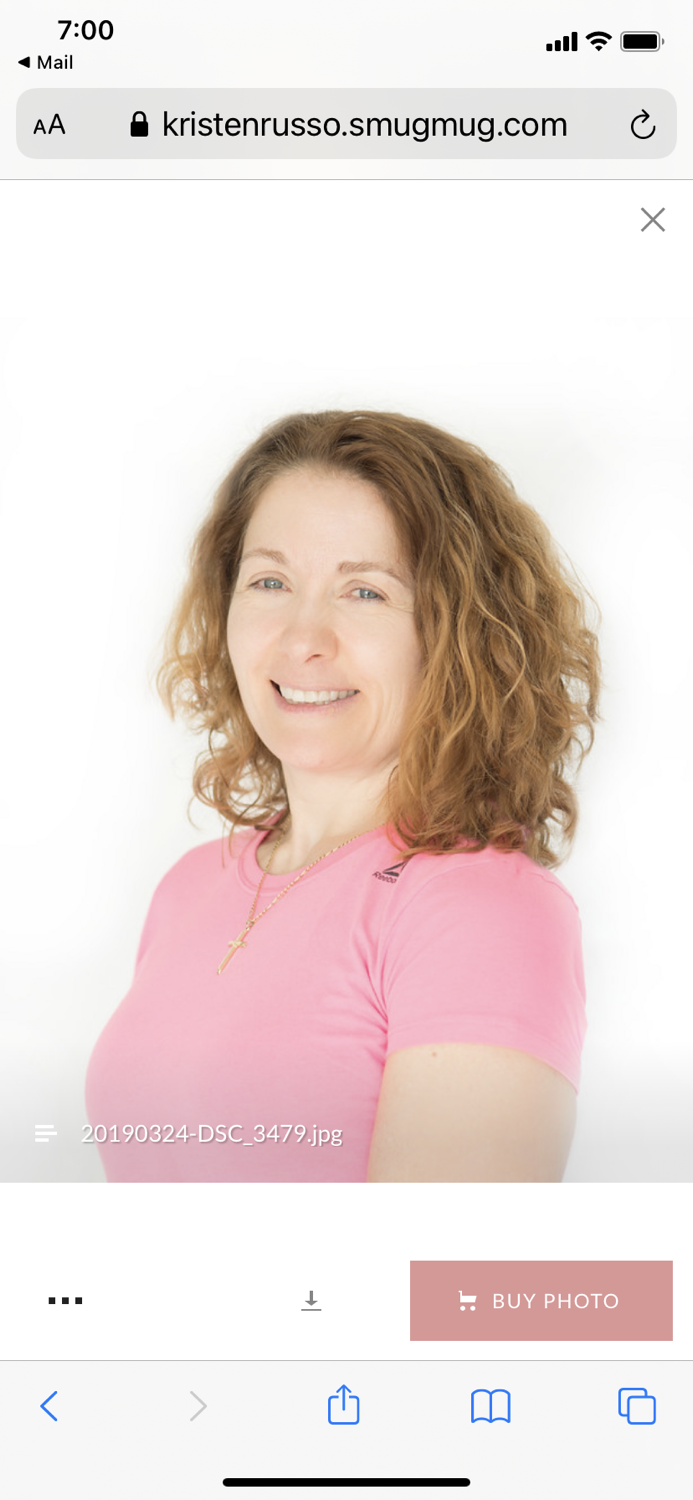Body Image And Society Are Deeply Intertwined
- centerpointhealingservices.com

- Jul 30, 2024
- 1 min read
Body image and society are deeply intertwined, with societal norms and media often shaping perceptions of beauty and self-worth. Here are some key points to consider:
1. Media Influence: Television, magazines, social media, and advertisements often portray idealized body types, which can create unrealistic standards of beauty. This can lead to body dissatisfaction and negative self-image.
2. Cultural Norms: Different cultures have varying standards of beauty and body ideals. What is considered attractive in one culture may differ significantly in another, highlighting the subjective nature of beauty.
3. Body Positivity Movement: This movement encourages acceptance of all body types and challenges societal norms that prioritize thinness or muscularity. It promotes self-love, inclusivity, and the idea that all bodies are worthy of respect and admiration.
4. Mental Health: Negative body image is linked to various mental health issues, such as eating disorders, depression, and anxiety. Promoting a healthy body image is crucial for overall well-being.
5. Role of Education: Educating individuals, especially young people, about media literacy and body diversity can help combat the negative effects of societal pressures. Teaching critical thinking skills and promoting positive self-esteem are essential steps.
6. Representation: Increasing diversity in media representations of body types, skin colors, and abilities can help individuals feel seen and valued, reducing the pressure to conform to a narrow standard of beauty.
By recognizing and addressing these factors, society can move towards a more inclusive and healthy view of body image.





Comments